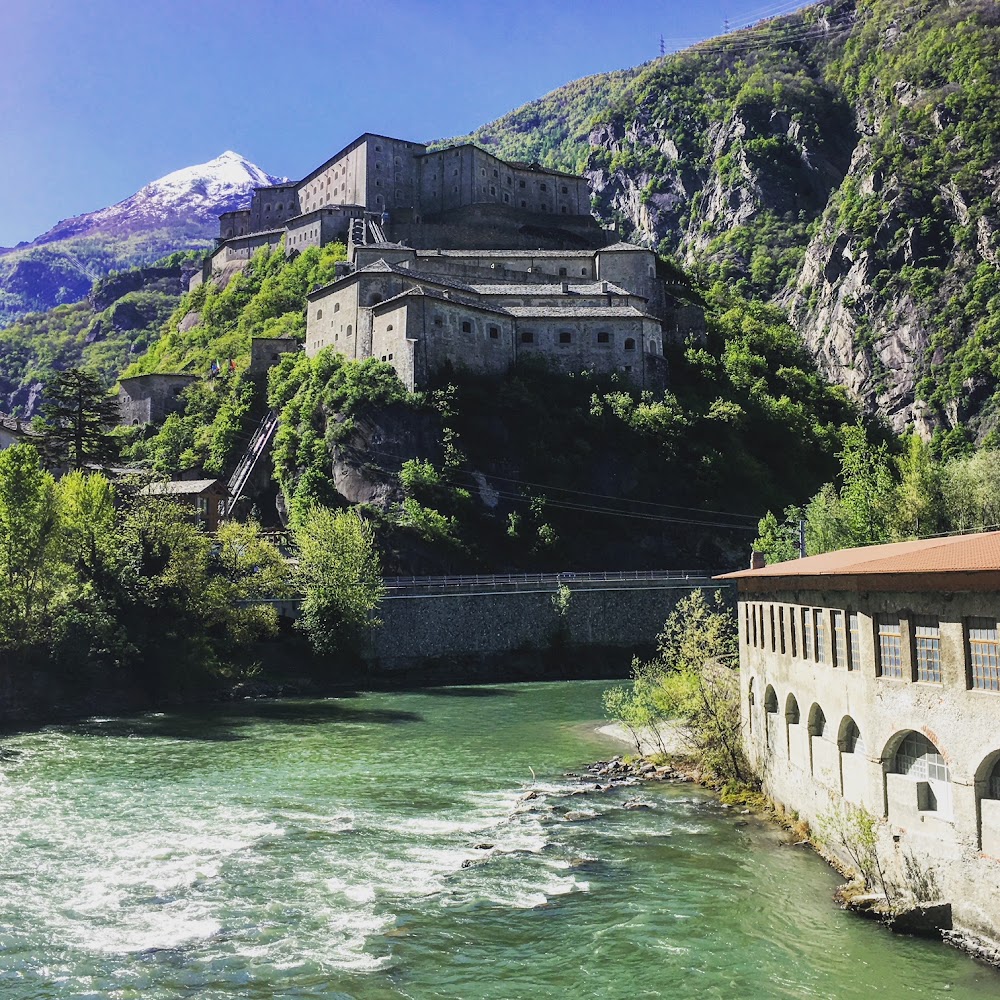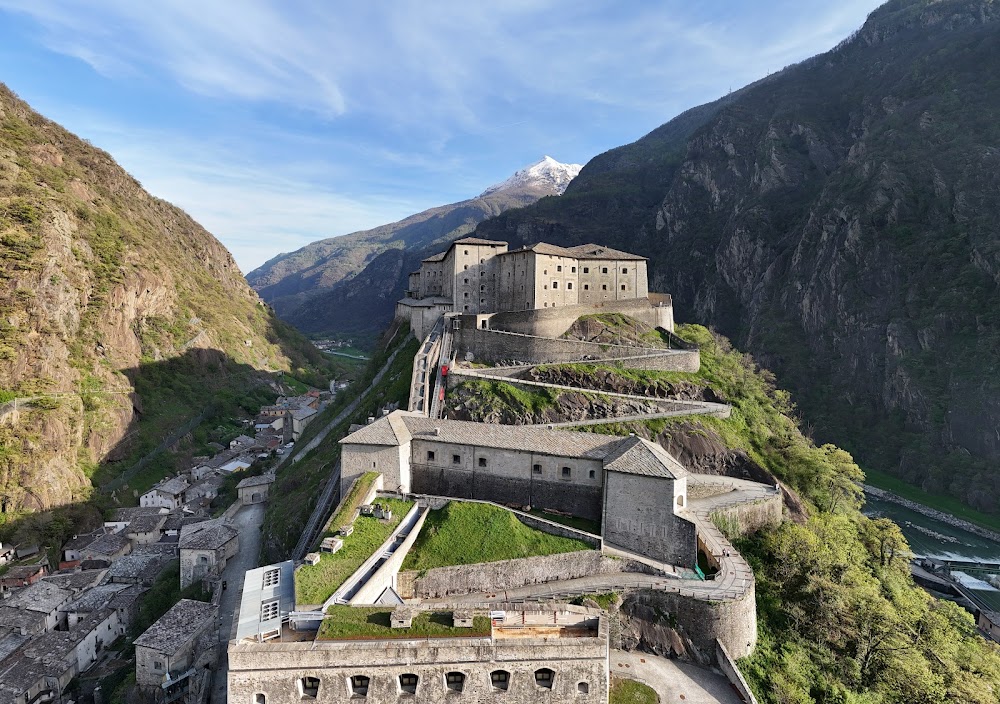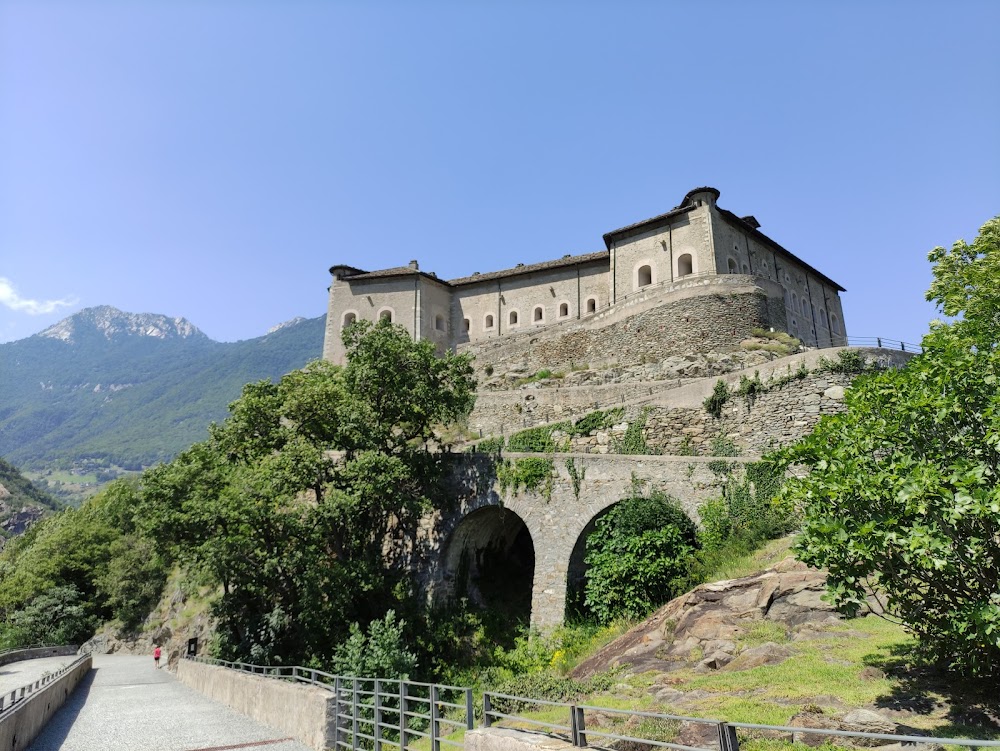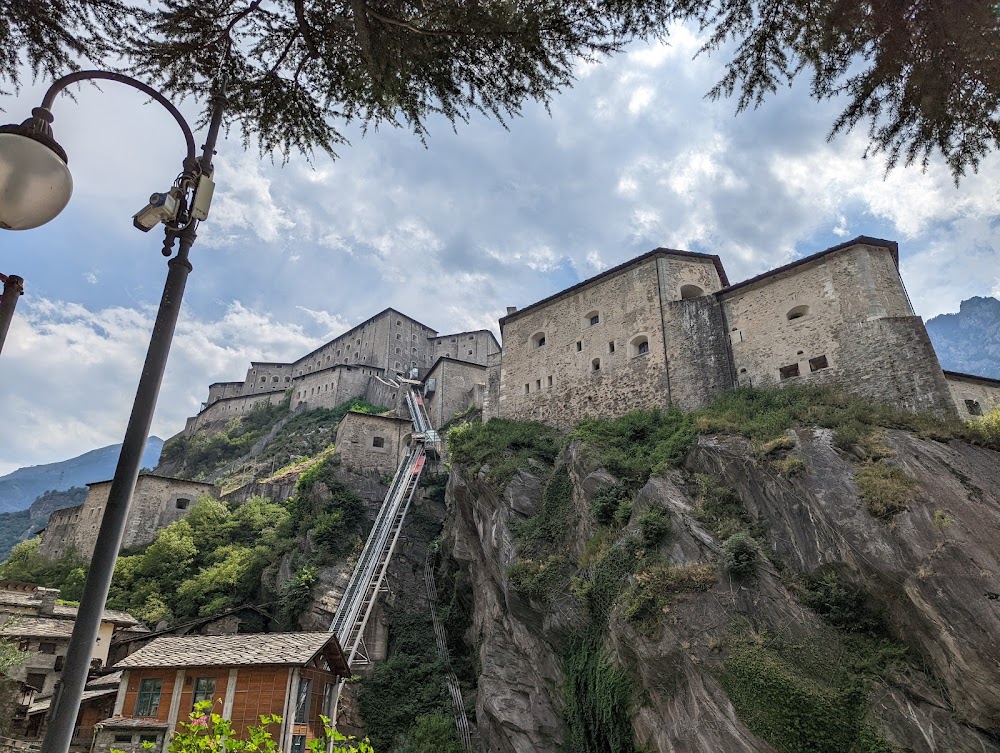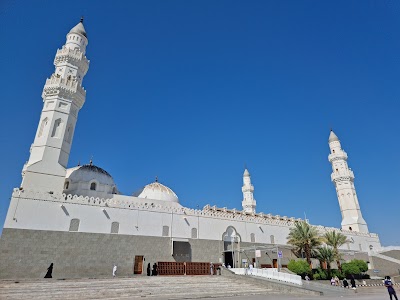Barda Fort (Fort de Barda)
Overview
The Fort of Bard, nestled in the Barda District of Niger, is a remarkable historical edifice steeped in rich heritage. Constructed in the 16th century, this formidable structure was built as a defensive stronghold, designed to protect the region from invading forces and to safeguard the local community.
The initiative to build the Fort of Bard originated from local leaders who recognized the urgent necessity for a robust defensive position. They strategically selected a hilltop location that offered a panoramic view of the surrounding landscape. This elevation not only enhanced surveillance and early warning capabilities against approaching threats but also rendered the fort more challenging to assault.
The construction process of the Fort of Bard was a collaborative effort, engaging skilled artisans, laborers, and local inhabitants. Abundant regional materials, primarily stone and clay, were utilized in its creation. The fort's walls were constructed thick and high, featuring narrow slit windows that allowed archers to defend the structure while remaining shielded from enemy fire.
Architecturally, the fort showcases a fusion of local styles and elements typical of traditional African and Sahelian designs. It comprises several key features: robust outer walls, a central courtyard, and various rooms and chambers. Fortified with strategically placed watchtowers, the outer walls afford guards excellent vantage points to monitor the landscape for potential dangers.
Inside the fort, the central courtyard served as a vital gathering space for the inhabitants. This open area was crucial during both times of peace and siege, providing a secure location for people to congregate, trade, and engage in communal activities. Surrounding the courtyard, the various rooms and chambers served multiple purposes, including storage for food and weapons, living quarters, and administrative offices.
The fort was meticulously designed with defensive mechanisms in mind. The entrance was purposefully narrow and winding, complicating any attempts by attackers to breach its defenses. Additionally, hidden traps and obstacles were strategically placed to disorient and slow down invaders.
Over the centuries, the Fort of Bard has withstood numerous assaults and has played a crucial role in the region’s history. It served as a refuge during times of unrest and conflict, providing a secure haven for families and local leaders alike. The fort's enduring presence significantly contributed to the stability and security of the Barda District.
Today, the Fort of Bard stands as a testament to the ingenuity and resilience of its builders. It has emerged as a significant cultural and historical landmark in Niger, attracting visitors who are captivated by its imposing structure and the myriad stories woven into its walls. Various renovations have been undertaken to preserve its integrity, ensuring that future generations can appreciate its historical significance.
In recent years, the Fort of Bard has gained recognition as a potential tourist attraction. Efforts are underway to develop visitor facilities and create informative displays that provide insights into the fort's history and the lives of the people who built and defended it.
The Fort of Bard remains an enduring symbol of the Barda District's heritage—a place where history comes alive and the bravery and determination of its creators continue to be honored and celebrated.


